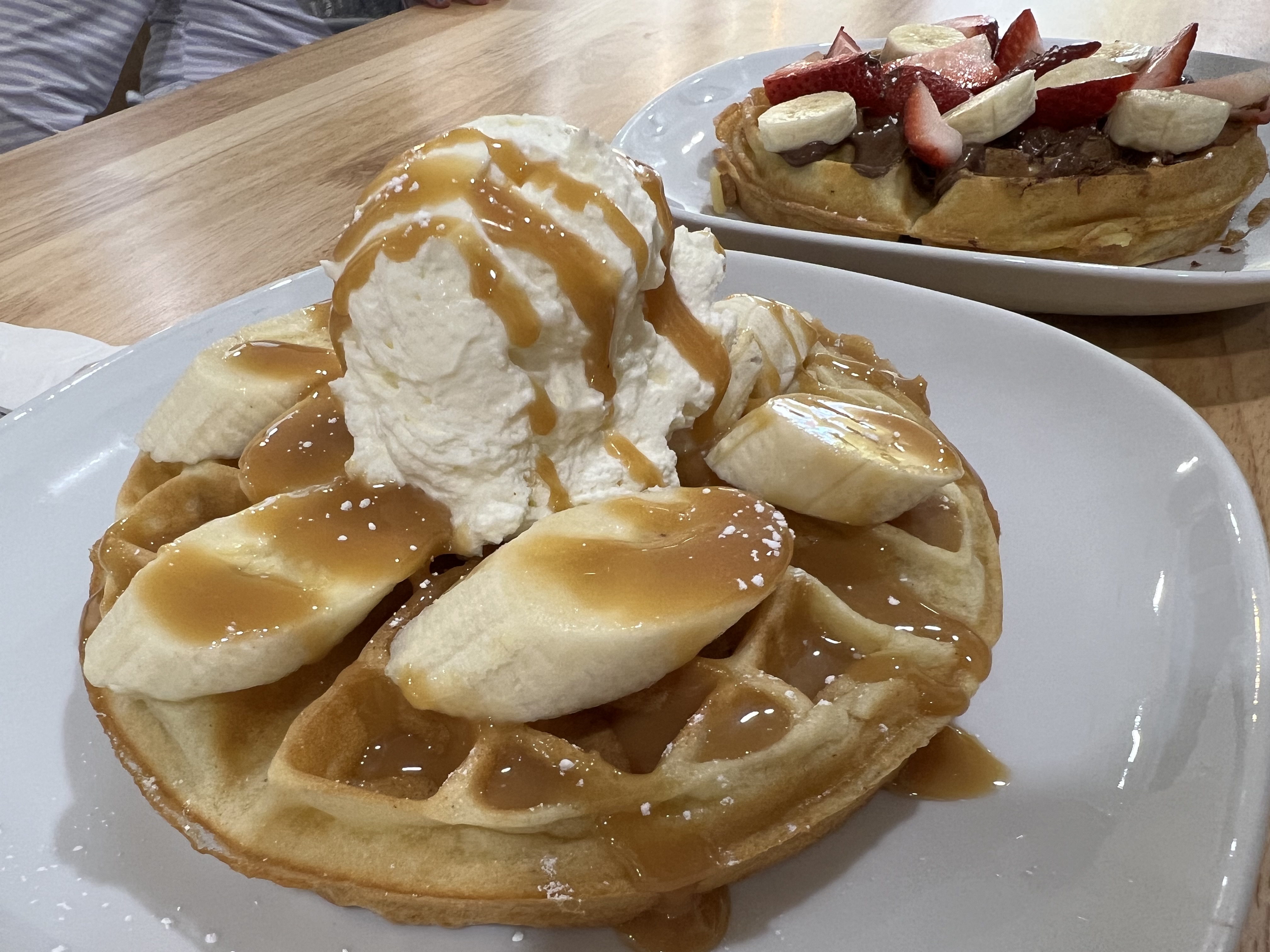I have a bltouch clone which work fine on glass bed. After switching to textured PEI sheet, it’s variance trippled to 0.1mm, which make my bed mesh all wobbly.
I’m I suppose to remove the steel plate when making the bed mesh? Do you home Z with a probe with this setup?
The weirdest thing is, despite all this all my prints adhere completely fine. I guess PEI is just that good.
Yeah it’s fine with pei and it will never get as flat as glass.
I use marlin UBL with a bl touch. On textured sheet. The first thing is to recognize it’s supposed to have that variance.
I found that increasing the first layer extrusion width (140%, normally I’m at 110% unless I need a strong and ugly part,) and juicing the extrusion multiplier slightly helped.
My calibration process for z offset was:
- set z off set to zero,
-turn off software endsroos. (M211 s0; use s1 to turn them back on. This allows you to go negative positions.) - move the nozzle to 0,0,0 and slide down carefully. I use the smallest feeler gauge I’ve got to test contact.
Then I probe the mesh and save it to the board. (And recall it on the print start gcode and do a 3x3 probe to tilt the mesh into position.)
What I have found is that it slides a bit with the magnetic base- especially on heavy/fast prints invalidating the mesh.
- set z off set to zero,
I’ve had no issues using the bl touch on a textured bed up to this point, and I’ve been using mine in combination for about 18 months. The bed texture shouldn’t be significant enough if your z offset is appropriately dialed in.
Printer: creality ender 3 pro bed: creality PEI double sided bed hotend: creality spider 3.0 firmware: custom marlin 2.0 fw filament I use most often: atomic filament ABS creality bag enclosure: yes
Sure does work… But I have babystepping on (Marlin), and adjusted babystepping by coding in a 30x30x5 block with 8 skirt loops 6mm away. The babystepping in this case is to adjust the Z offset, which it does so live.
I was able to get it tuned in so that all prints just apply beautifully.
Maybe clarify what you mean by variance - Samples in the same spot vs variance of min/max points? Temp can change things, are you keeping it constant between measurements and letting the bed heat soak at all? How does the first layer look? If it’s consistent you may be over thinking it
Does the variance return to normal if you switch back to the glass plate? If you probe multiple times on the same spot, do you still get large variance?
Yes to both.
If you press down on the PEI/steel sheet manually, does it look like it’s flexing or does it feel stable? When you switched from glass to steel+PEI, did you put an adhesive magnet sheet on the print carriage, or are you using some other method to hold the print surface in place? Just found a post on reddit where someone discovered that their build plate only sticks to the magnetic sheet when they rotate the plate 90 degrees, so perhaps that’s worth a try.




